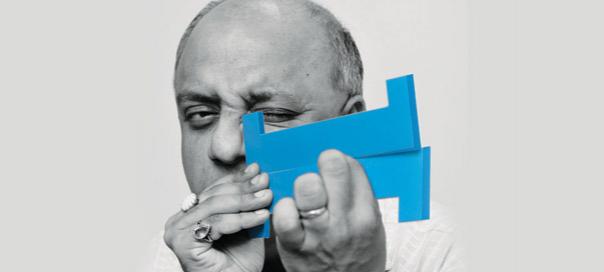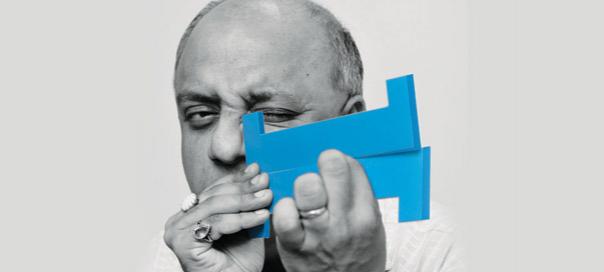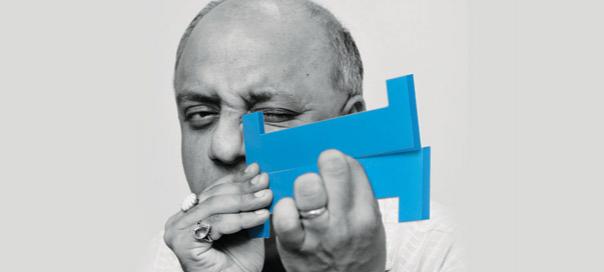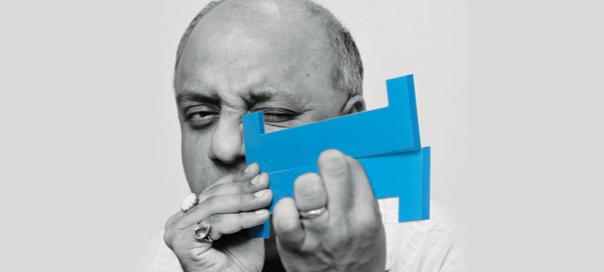Racial discrimination is nothing new to the United Kingdom. The media often reports attacks on minorities, their exclusion from the mainstream and their general feeling of being outsiders in the land that has been their home for decades. Despite a number of attempts at integration and inclusion, the UK society remains one of the most aggressive ones when it comes to foreign nationals, especially Indians, despite the well-established fact about their contribution to the country’s social, economic and political arenas.
That the government has failed to engage healthily with minorities was evident once again last week after an attack on an 80-year-old Sikh man in the London suburbs by a 19-year-old girl. In what was termed as an unprovoked attack by the police, the girl, who was reportedly drunk, abused the man and then hit him even as passers-by watched. After the man made a feeble attempt to save himself, the girl hit him on his stomach. By then bleeding from the nose, the man fell to the ground, but continued to be hit by the woman who spat on him before leaving.
In 2012, Lieutenant General (retd) KS Brar, who oversaw the controversial Operation Bluestar against Sikh militants at the Golden Temple in 1984, was also attacked in London in broad daylight. Though attacks like these are common, what created a furore and invited action was a short video of last week’s attack made by an onlooker and posted on a social media site. The video went viral soon, drawing criticism around the world, following which the British police traced the girl and arrested her.
The two important things that emerge from the incident are, firstly, the continuing racial attacks on Indians in the UK and secondly, the growing role and significance of the social media in citizen journalism. Over the years and especially after the 9/11 bombings in the US and 7/7 train bombings in the UK, unjustified abuse has been unleashed on Indians. In June this year, the UK released its first British Sikh Report, which revealed that three quarters of the UK’s 4,00,000 Sikhs have experienced racism, but 95% are proud of being born in and living in Britain. The report gave a number of recommendations to tackle racism, including the implementation of an online resource for reporting racism and hate crime against British Sikhs, similar to the Tell Mama programme for the Muslim community.
Hate crimes mostly go unreported, both for fear of being targeted again and because of lack of faith in the police and judiciary. The rise of the Internet and social networking websites has, in many ways, presented many positives for society, particularly in terms of freedom of speech and communication and in reporting crimes and generating responses for them, which may otherwise not be possible.
Hate crimes are most likely to create or exacerbate tensions, which can trigger larger community-wide racial conflict, civil disturbances, and even riots. Hate crimes put cities and towns at-risk of serious social and economic consequences. The media is critical in shaping public attitudes about the crime, its perpetrators, and the law enforcement response.
With more netizens flaunting their actions and thoughts in the open, social media has become a mainstay in police work, with the police departments aggressively seeking information from social-media companies, beefing up their budgets and providing training to dig for online clues left by criminals and victims in targeted investigations. Social media has come to promote the values of integrity by popularizing campaigns and discussions surrounding hate crimes.
It is important to note that it was only after the posting of the video on social networking sites that calls for justice were acted upon in the UK last week.
It also forced the Indian government to respond and demand action. Information & Broadcasting Minister Manish Tewari called the apparent racial attack “intolerable” and asked the British government to ensure the strictest punishment to the guilty.
“The Sikh community has contributed a lot to the development of countries where they have settled, and especially to Britain, where Sikhs are present in fairly large numbers for over a century. Racial behaviour is completely intolerable,” Tewari said in response to a query about India’s plan of action if the British government did not act against the guilty person.
Sikh organizations also were up in arms against the maltreatment meted out to the octogenarian. The Shiromani Gurdwara Prabandhak Committee demanded that Prime Minister Manmohan Singh take up the issue with his UK counterpart while the Delhi Sikh Gurdwara Management Committee announced it would invite all foreign ambassadors in New Delhi to apprise them of the Sikhs’ unique identity with an aim to avert such incidents in future.
The swiftness with which the police reacted to the crime is also noteworthy. The 19-year-old will soon be charged in a court of law for the crime.
On the other hand, incidents of rape of foreign tourists at popular tourist spots have only increased in India in recent years. After several incidents in the last five years, this year too, an American tourist was raped in June in Manali while a Swiss tourist was gang-raped in March in Madhya Pradesh. However, arrests were not made in these cases as fast as the police acts abroad to bring perpetrators of crime to book.
In all, it appears that the social media has a special role to play in society that respects its members, whether men or women, whether natives or foreigners.
A crime-free society is a Utopia that no country can aim to achieve. The real goal is to allow members of different ethnicities, caste, races, religion to interact freely and engage in dialogues through spaces created by the social media to lessen the chances for such crimes.
Feedback: abatra@exchange4media.com
























